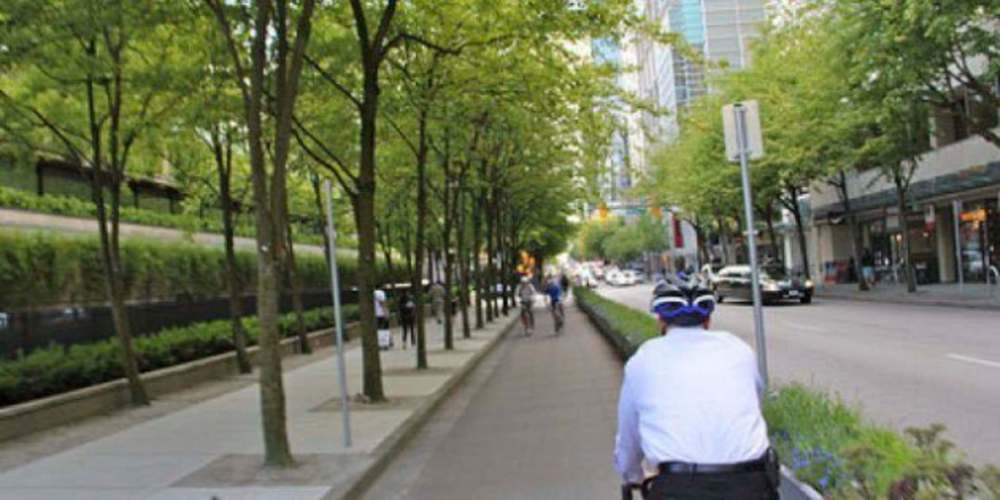Crushed pylons waste bike lane potential: city report
Advertisement
Read this article for free:
or
Already have an account? Log in here »
To continue reading, please subscribe:
Monthly Digital Subscription
$0 for the first 4 weeks*
- Enjoy unlimited reading on winnipegfreepress.com
- Read the E-Edition, our digital replica newspaper
- Access News Break, our award-winning app
- Play interactive puzzles
*No charge for 4 weeks then price increases to the regular rate of $19.00 plus GST every four weeks. Offer available to new and qualified returning subscribers only. Cancel any time.
Monthly Digital Subscription
$4.75/week*
- Enjoy unlimited reading on winnipegfreepress.com
- Read the E-Edition, our digital replica newspaper
- Access News Break, our award-winning app
- Play interactive puzzles
*Billed as $19 plus GST every four weeks. Cancel any time.
To continue reading, please subscribe:
Add Free Press access to your Brandon Sun subscription for only an additional
$1 for the first 4 weeks*
*Your next subscription payment will increase by $1.00 and you will be charged $16.99 plus GST for four weeks. After four weeks, your payment will increase to $23.99 plus GST every four weeks.
Read unlimited articles for free today:
or
Already have an account? Log in here »
Hey there, time traveller!
This article was published 09/09/2019 (2275 days ago), so information in it may no longer be current.
More than $21 million spent on Pembina Highway bike lanes is being wasted because the plastic pylons meant to protect cyclists are flimsy and constantly driven over by vehicles, a City of Winnipeg report states.
The report, headed to council’s public works committee Thursday, recommends better protecting the long cycling path, especially as another $15-million active transportation investment at the Jubilee Avenue overpass opens this month.
However, the plastic “poly posts” are better than nothing, said Trails Winnipeg executive director Anders Swanson. “But we’ve heard that they’re not there when people are expecting them, which makes them kind of pointless.”

The pillars are glued to the ground in summer and removed in the winter. But Swanson said riders eager to head out in the spring find them missing as well — or toppled.
“There’s definitely been issues with those bollards being knocked down, through the winter but also in summer,” said Bike Winnipeg executive director Mark Cohoe. “It’s pretty disheartening if you’re riding and you see the bollard that’s supposedly providing your protection is run over and squished by an unknown number of vehicles.”
Both agreed the piecemeal nature of the Pembina bike lane — protected in some places but mixed in with heavy traffic in others — keeps riders from using the path.
Cohoe said it’s actually easier to clear snow from permanently protected bike lanes compared to the pillars.
“If (snow plows) have something they can put their blade up against, it can make it a bit easier to clear,” he said.
The report states it’s not feasible to remove the posts at present, but perhaps in the future: “The Winnipeg public service will review upgrading buffered bike lanes to a protected facility for regional streets and will prioritize this as a future project as part of the Pedestrian and Cycling Strategies projects.”
The poly posts were installed before the city’s 2014 active transportation plan, which calls for stronger protection to encourage cycling.
“We have to be continually upgrading. So we welcome the report that takes a look at this,” Swanson said.
He said there’s more that can be done to make the bike network connected, reliable, comfortable, and attractive — such as using flower planters to protect bike lanes, as Toronto and Vancouver are learning to do.
tessa.vanderhart@freepress.mb.ca
Twitter: @tessavanderhart

